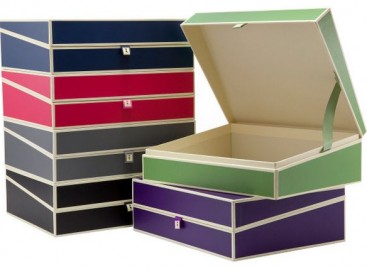- QATestLab Blog >
- QA Basics >
- What Is Control Flow Testing?
During manual testing or automated testing, the appropriate testing tools and techniques should be chosen.
QA specialists perform control flow testing to check system modules. It is a kind of static software testing. Its procedure requires the applying of control flow graphs.
The code modules are represented in a form of graphs which consist of several elements. A tester analyzes the graphs and the paths between them and creates test cases. The tests cover different levels. In the context of control flow testing, ‘coverage’ is regarded as proportion of tested code to non-tested one.
What Are Test Levels of Coverage?
- 100% statement coverage. It is the lowest level. Every statement of every module is under test. It is rather difficult to create graph and then to realize the paths within this level of coverage. A tester may use Holodeck to emulate the system environment.
- 100% decision coverage/branch coverage. Test cases are written for every decision with a true or false outcome.
- 100% multiple condition coverage.
- 100% path coverage. It can be reached if the system has no loops. It is the highest level. If there is a loop, then several test cases should be created to check the loop zero times, one time, n times (n – typical loop value) and maximum number of times.
The control flow checking principle applied during mobile testing or web application testing helps the specialists to discover more bugs and understand the system functionality better.
Learn more from QATestLab
Related Posts:
- No Related Posts








Very informative for software testing aspirants ! Any one who wants to learn software testing automation online can visit itelearn.com , an online software testing platform